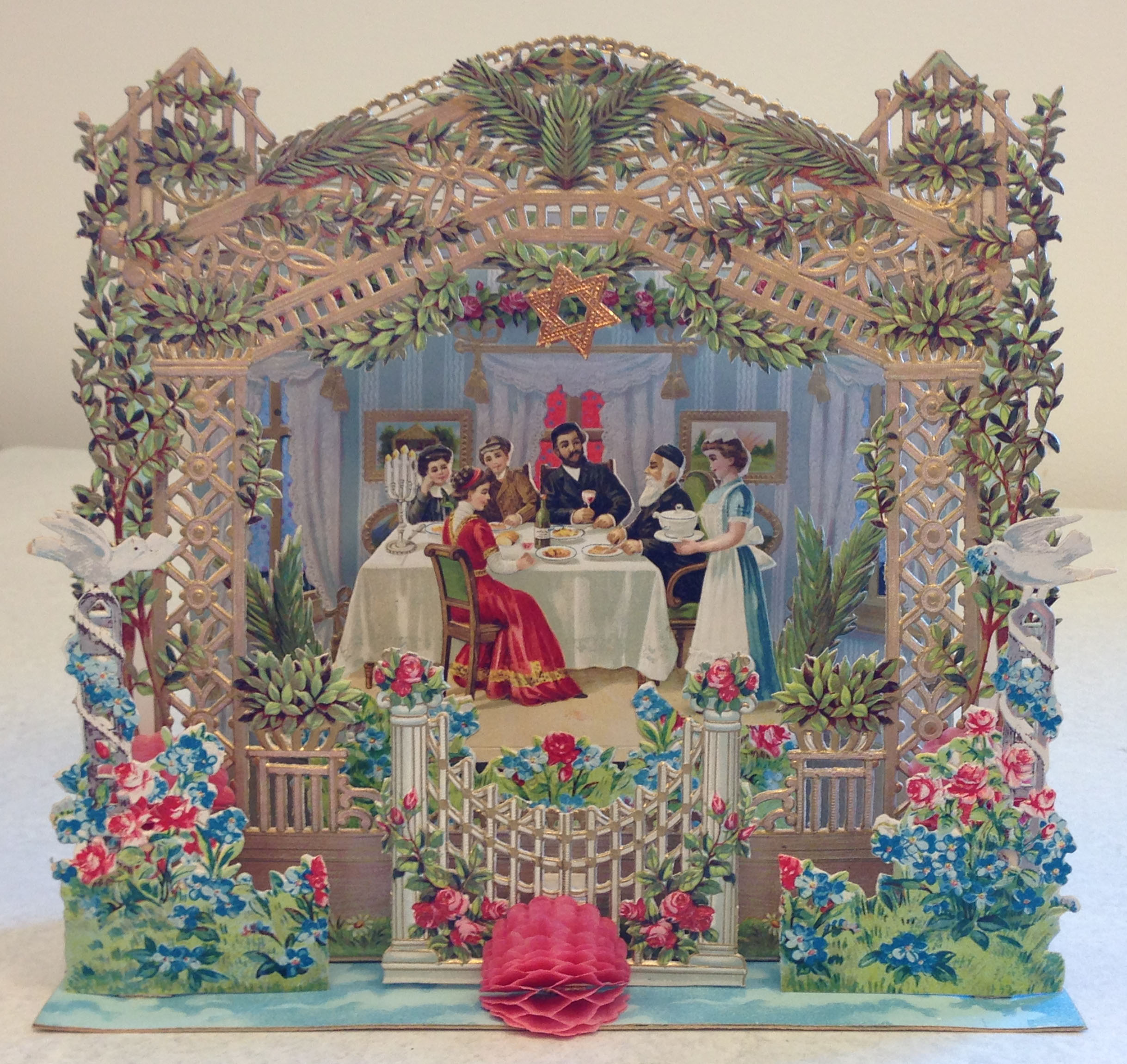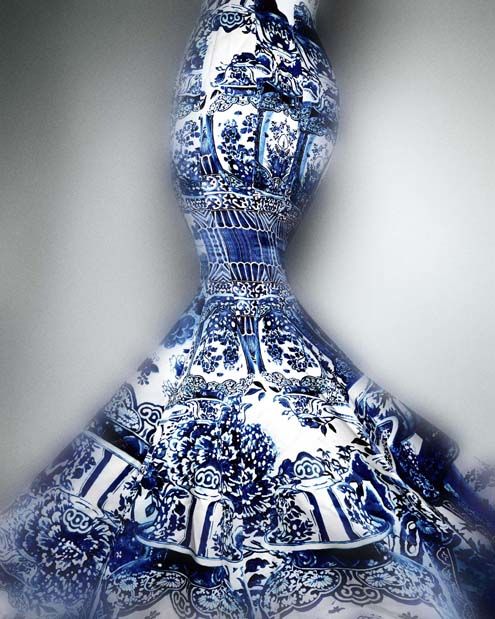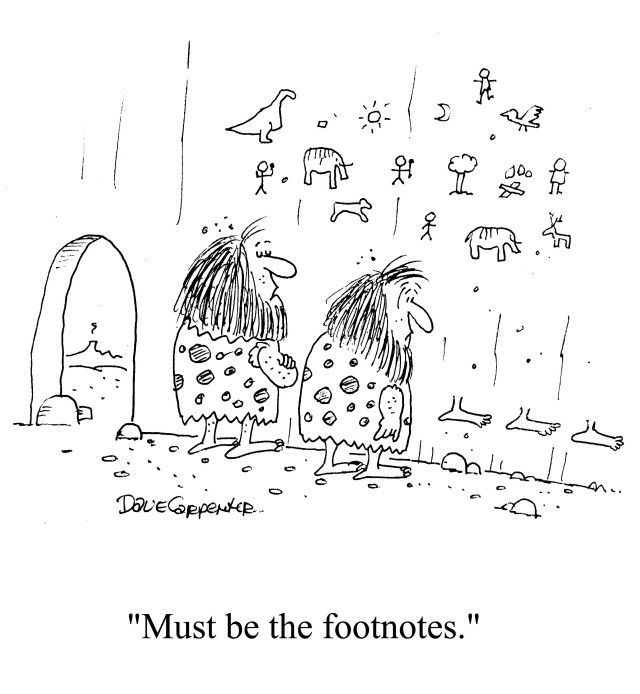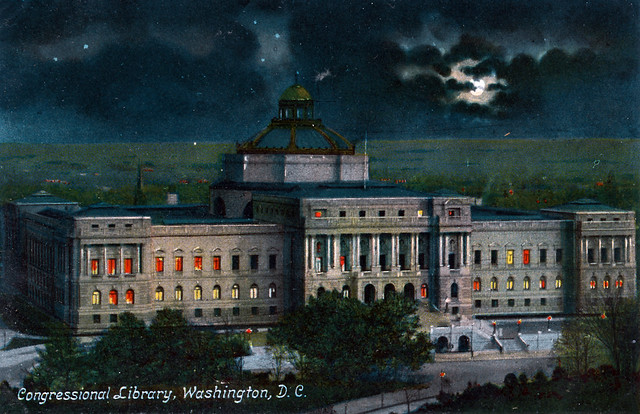It’s not often that what goes on within my classroom is of a piece with what goes on outside of it, but this week proved to be an exception. Context and curriculum, current events and history, came together in a timely convergence, making for animated discussion.

As recent and ongoing instances of racism on college campuses across the country came to light, prompting the resignation of a number of high-ranking university officials, the students in my graduate seminar were grappling with "Harlem On My Mind," the 1969 exhibition that embroiled the Metropolitan Museum of Art in a series of confrontations with New York’s African-American community. Some argued that the Met was guilty of white privilege, and had no business exploring the history and culture of its neighbors to the north. Others adopted a more conciliatory posture, casting the exhibition as a gesture of reconciliation and rapprochement. And back and forth it went, generating more heat and irresolution than usual.
The very next day, the students in my undergraduate seminar on American Jewish history came face to face with a number of documents from the 1920s in which the powers-that-be at Harvard gave voice to animadversions against Jewish collegians. Lest a "surfeit of pansies," as well as too many "decadent esthetes" and "precious cosmopolitans" call themselves Harvard men, quotas were instituted to curb the number of prospective Jewish applicants. It wasn't easy to make our way through this material, a disturbing and sobering read under the best of circumstances, much less in November 2015. Nor could we take comfort from the notion that racist expression was a thing of the past when, clearly, it is not.
Most of the time, I'd like my students to leave my class with a spring in their step. This week, though, I'm hoping they left with a heavy heart.










